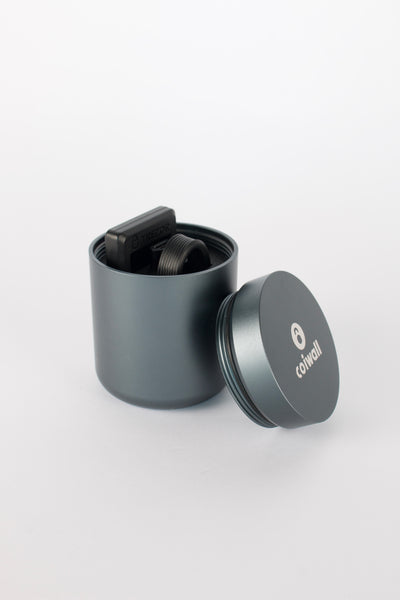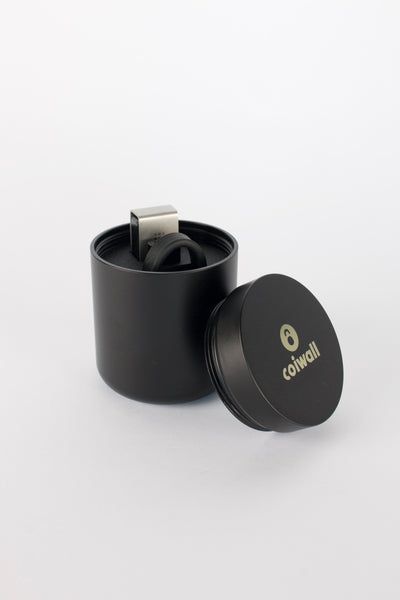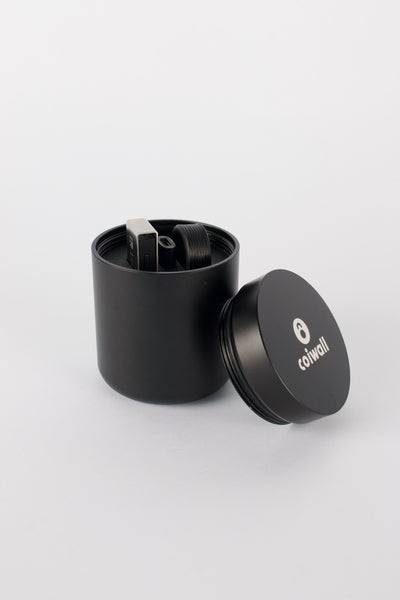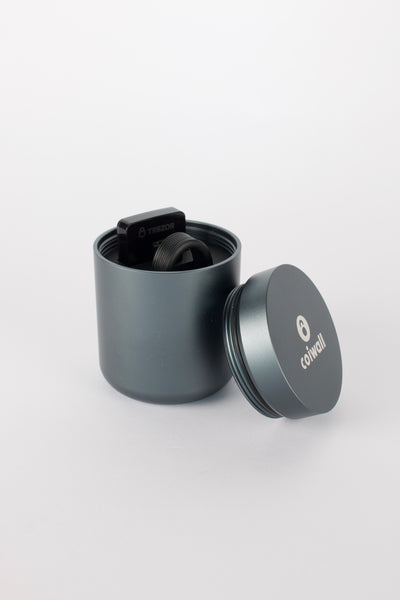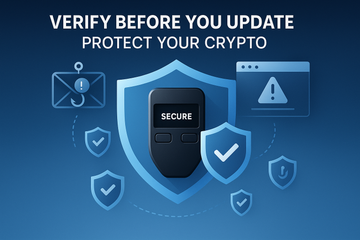Let’s face it—pushing that “Update Now” button feels oddly satisfying. Like giving your favorite device a fresh cup of coffee in the morning, right? The promise of bug fixes, speed boosts, or shiny new features can be just too tempting to resist. But here’s the kicker: if you’re into cryptocurrency and you trust your hardware wallet (say, a Trezor or Ledger) with your precious assets, hitting “Update” without pausing could be… well, a recipe for disaster.
Wait, What’s Firmware, Really?
Before we get into the why and how, let’s clear up a bit of jargon. Firmware isn’t software you’d download from the App Store, and it’s not quite hardware either. It’s more like your device’s DNA—a semi-permanent code tucked away in its memory, running the show at the nuts-and-bolts level. Your phone, your fridge, your crypto wallet: they all need firmware to know how to act.
With hardware wallets, the firmware is what decides who gets in, what button does what, and—in a sort of digital bodyguard kind of way—how your private keys get locked up. No firmware, no security. It’s like having a door with no lock. But here’s the thing: not all firmware is to be trusted, even if it’s dressed up like the real thing.
Updating: A Double-Edged Sword
We all want the latest defenses. Crypto wallets, especially those made by Trezor, Ledger, and a few other household names, roll out regular firmware updates to keep up with new threats. Sometimes, the update is plugging a hole hackers found. Sometimes it’s making things smoother on the inside. Either way, updating is a must… but there’s a catch.
Ever gotten an update notification from a sketchy website? Or maybe you caught wind of someone who lost access to their digital savings after a mysterious firmware flash? It’s the kind of thing that gives you chills, especially when it’s not just your photos at risk—it’s your whole investment.
Social Engineering: The Hacker’s Favorite Tool
Let me explain. Attackers rarely run through the metaphorical front door; more often, they slip in when you open it for them. Maybe they fake a convincing notification, using an email that looks (almost) legit. Or they whip up a copycat website so sharp you’d swear it’s authentic. It’s easy to click a bad link in a rush—who hasn’t?—but sometimes that’s all a hacker needs to send you a rogue firmware file.
Ransomware, fake upgrades, backdoors—this stuff isn’t science fiction. It’s an everyday threat for people keeping their crypto close, and hackers love nothing more than someone in a hurry. Well, that or a good zero-day exploit, but let’s not give them credit.
Verification: Your Digital Gut Check
So why bother with firmware verification? It’s basically a handshake between what you downloaded and what the manufacturer originally sent out. Here’s why it matters:
- You’re in the driver’s seat. Verifying means you’re double-checking that the package hasn’t been tampered with in transit.
- It keeps hackers guessing. Even if someone manages to intercept your connection, they can’t trick you if the signatures don’t match.
- Peace of mind, always. Knowing you’re running official code is like sleeping with both eyes shut tight—for once.
And the nice thing? If you’re using brands like Trezor or Ledger, they practically beg you to verify before installing. Not because they’re paranoid, but because blockchain has no room for regret.
How The Process Works (And Why It’s Simpler Than It Sounds)
Okay, let’s get hands-on for a second. Firmware verification might sound technical, but most wallets paper over the tough stuff with clear instructions. Still, knowing what’s going on backstage helps.
- Your device gets presented with a firmware file, usually from a trusted source or site.
- The file comes with a cryptographic signature—a unique digital thumbprint created by the manufacturer using their private key.
- Your device (or sometimes a desktop app) checks that signature against the creator’s public key, which is known and trusted.
- If the fingerprints match, you’re good to go. If not, something’s fishy; stop right there.
Sound a bit dry? Maybe, but there’s a hidden elegance there. Picture it like matching a handwritten letter’s signature to the family crest—if the ink’s off, you wouldn’t trust it, would you?
What Could Go Wrong If You Don’t?
Here's where things get real. Let’s say you skip verification. Worst-case scenario? That firmware is laced with malware built to snatch your recovery seed, reroute your transactions, or—if you’re especially unlucky—brick your wallet altogether. Suddenly, it doesn’t feel just annoying; it’s downright frightening.
There’s no central hotline for missing Bitcoin. Once it’s gone, it’s—well, you know.
A Few Easy Safety Habits (That Often Get Ignored)
- Always snag firmware from the official site or app. This one’s non-negotiable. Shortcutting with a Google search can land you in trouble fast.
- Don’t trust random pop-ups or email links. If it feels weird, it probably is. Go directly to the source instead.
- Check for signatures. Most major crypto hardware wallet makers, including Trezor and Ledger, post unique hash values for each firmware release. Double-checking this hash is about a thirty-second job that can save everything.
- Update on a secure network. Your local coffee shop Wi-Fi might be cozy, but it’s hardly safe for sensitive stuff.
If you want to be extra cautious, consider waiting a day or two after a new release. If something’s amiss, the community spots it fast. And, of course, keep your recovery phrase stashed somewhere truly secret—you’d be surprised how many folks forget that part.
But Isn’t This a Bit Paranoid?
You might be wondering, “Do I really have to do all this?” Honestly, yes. It’s a little like locking your door in the city—not because you’re scared, but because you’re smart. Crypto isn’t quite the Wild West these days, but there are enough bandits out there that a little due diligence goes a long way.
Besides, once you’ve done it a couple of times, firmware verification becomes second nature. Kind of like triple-checking you turned the oven off before heading out—annoying, but worth it.
Wrapping Up: Better Safe Than Sorry (And Sorry Can Get Expensive)
Look, no one likes slowing down, least of all when you’re itching for new features. But when your cold storage is on the line, a minute spent verifying firmware can mean the difference between keeping your digital wallet secure and serving it up on a silver platter. Trezor, Ledger, and their peers have worked overtime to give you the tools. It's on us to use them wisely.
So next time you spot that firmware update banner, don’t just click and hope for the best. Take a breath, verify the source, check the signature, and know you’ve done what so many wish they had—because in crypto, caution really is king. And that peace of mind? It’s practically priceless.

